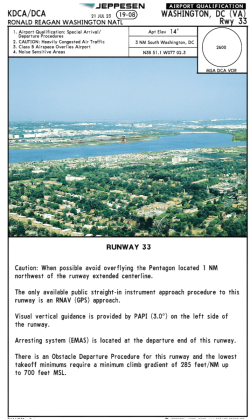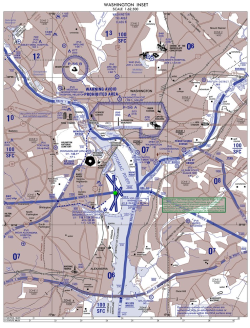- Joined
- Oct 13, 2013
- Posts
- 16,216
NTSB reporting CRJ altitude (from FDR plus or combined withADS-B) to be 325Ft +/- 25ft close to point of collision.
So I come back to the question: how easy is it for a helicopter like this one to maintain 200ft altitude while flying - assuming manually operated flight and at night using NVG?
So I come back to the question: how easy is it for a helicopter like this one to maintain 200ft altitude while flying - assuming manually operated flight and at night using NVG?
Last edited:

















